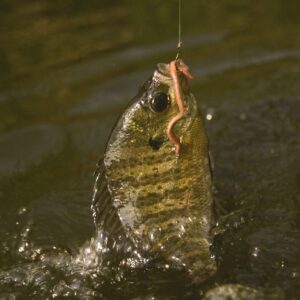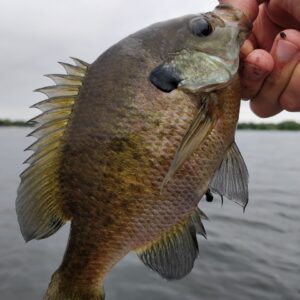Albino catfish are a variant of catfish distinguished by their lack of pigmentation, resulting in a white or pale coloration with red or pink eyes. The term “albino” refers to this coloration due to a genetic mutation that affects the production of melanin, the pigment responsible for normal coloration in fish. Albino catfish are a visually striking variant of catfish, known for their white coloration and red or pink eyes. They are commonly bred and maintained in captivity for ornamental purposes and as part of fish farming operations. While their care and breeding are similar to their non-albino counterparts, their unique appearance makes them a popular choice for aquarists and fish enthusiasts.
Appearance
Color: Albino catfish typically have a white or very light yellowish body with translucent fins. Their eyes are usually pink or red, a common characteristic of albinism in fish.
Size: The size of albino catfish varies depending on the species. For instance, albino versions of popular species like the albino channel catfish (Ictalurus punctatus) can grow to a size comparable to their wild-type counterparts, reaching lengths of 24 to 36 inches (60 to 90 cm) or more.
Body Shape: The body shape of albino catfish is similar to that of their non-albino relatives, with a robust, elongated body, barbels (whisker-like structures), and a forked tail.
Habitat
Range: Albino catfish are often bred and kept in captivity rather than found in the wild. They are commonly found in aquariums and fish farms. In the wild, their non-albino counterparts are native to various freshwater environments, including rivers, lakes, and reservoirs.
Preferred Environment: In captivity, they are kept in well-maintained aquariums or ponds with appropriate filtration and water quality to mimic their natural habitat. They prefer warm water with stable conditions.
Behavior
Feeding: Albino catfish, like their non-albino relatives, are opportunistic feeders. They typically eat a diet of fish pellets, live or frozen food such as worms, insects, and small fish.
Activity: They are generally bottom-dwellers and may spend much of their time scavenging for food on the substrate. They can be quite active and can sometimes display nocturnal behavior.
Breeding: In captivity, albino catfish can be bred similarly to their non-albino counterparts. They spawn in controlled environments, and their offspring inherit the albino trait if both parents are albino or carry the albino gene.
Eggs and Fry: Albino catfish lay eggs in nests, which are guarded by the males in many species. The fry will initially be cared for by the parents or provided with appropriate care in aquaculture settings.
Angling and Conservation
Fishing: Albino catfish are less commonly targeted in recreational fishing due to their rarity and specialized breeding. They are more often kept as ornamental fish in aquariums or ponds.
Conservation Status: Albino catfish are bred in captivity and are not considered a conservation concern. Their wild relatives may be subject to conservation efforts depending on their status in natural habitats.





